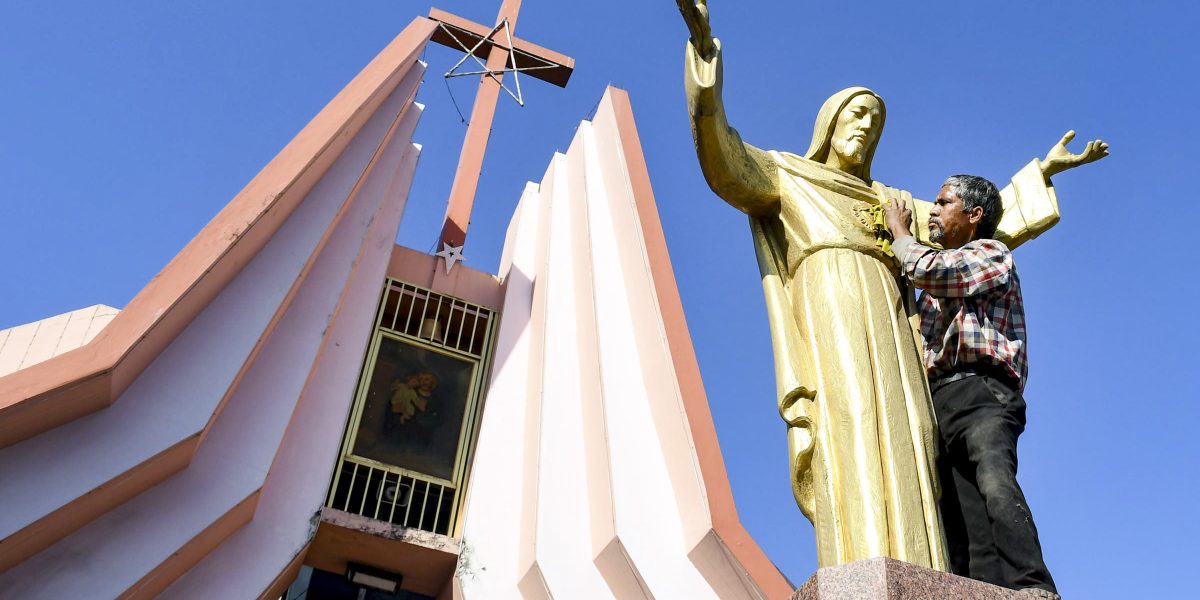
Things have been going swimmingly in Jammu and Kashmir ever since Narendra Modi, in August 2019, turned off the internet, locked up thousands of politicians and academics, and split India’s only majority-Muslim state into two federally-run units, or union territories. Just ask the government. Where separatists used to put stones and guns into young people’s hands, the prime minister “replaced them with mobiles and laptops by setting up industry and providing employment”, Amit Shah, the home minister and Mr Modi’s chief lieutenant, told reporters during a recent visit to Srinagar, Kashmir’s main city. Where Kashmiris used to live in fear and penury, chimed in Manoj Sinha, the Delhi-appointed governor of the territory, in December, there are now far fewer deaths from terrorism, the press is free and there will soon be elections.
Much of this is untrue, as Kashmiris were reminded in early January when six civilians, including two children, were killed in attacks on a village in south-western Kashmir. And as Ayub Nadaf is reminded daily. The 19-year-old has been in jail in Srinagar for almost 16 months without trial after police accused him of being “complicit” (they did not say how) in the killing of a policeman. His mother wept as she protested his innocence: “Ayub is the only child I have.” Rather than free Kashmir from separatist violence, poverty and corruption, the Modi administration’s hardline approach appears to have made its political troubles even more intractable without making the region obviously safer, less wretched or more prosperous.
The extra force has not so much reduced militancy as changed its nature. Terrorists are launching fewer indiscriminate attacks. After a spike in 2018, ahead of Mr Modi’s takeover, the number of civilians killed in the violence is back to the levels of the early 2010s. The militants are instead targeting the many soldiers and, especially, non-Kashmiri guest workers whom the government has sent to Kashmir. This is not reassuring would-be investors. Private investment in Kashmir in 2022 was less than half the level in 2018, according to figures released in December. “It’s still too much of a conflict zone for investment to make sense,” says an academic (who asked not to be named) in Srinagar.
This story was originally published in economist.com . Read the full story here





